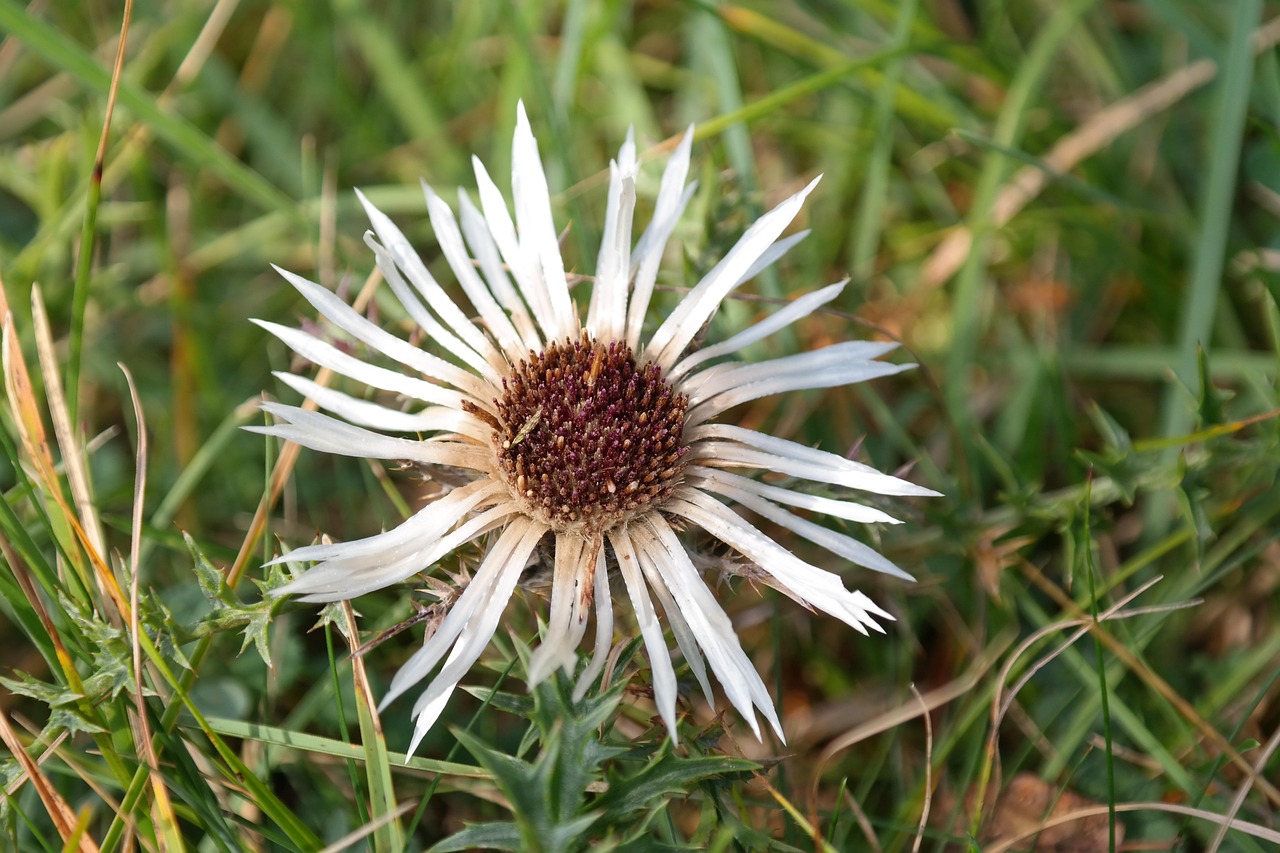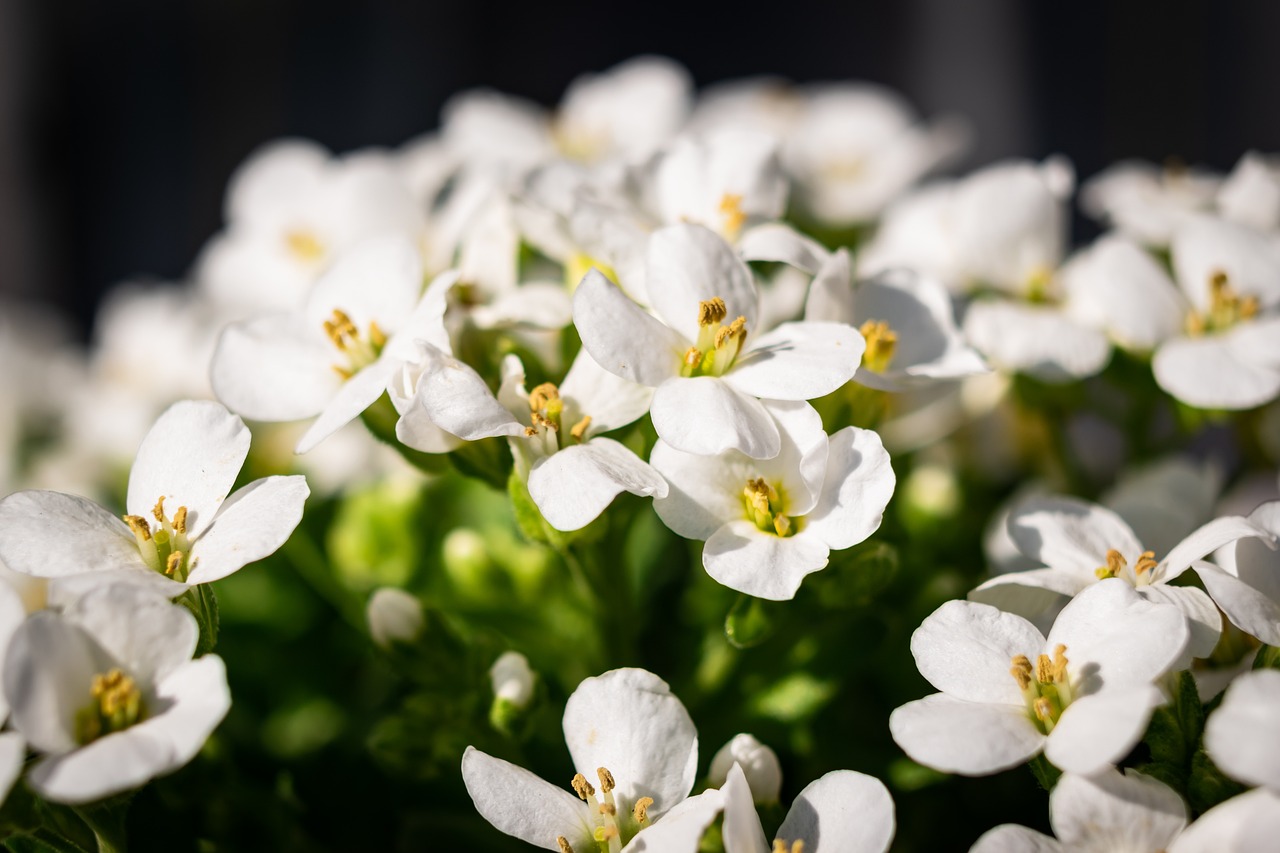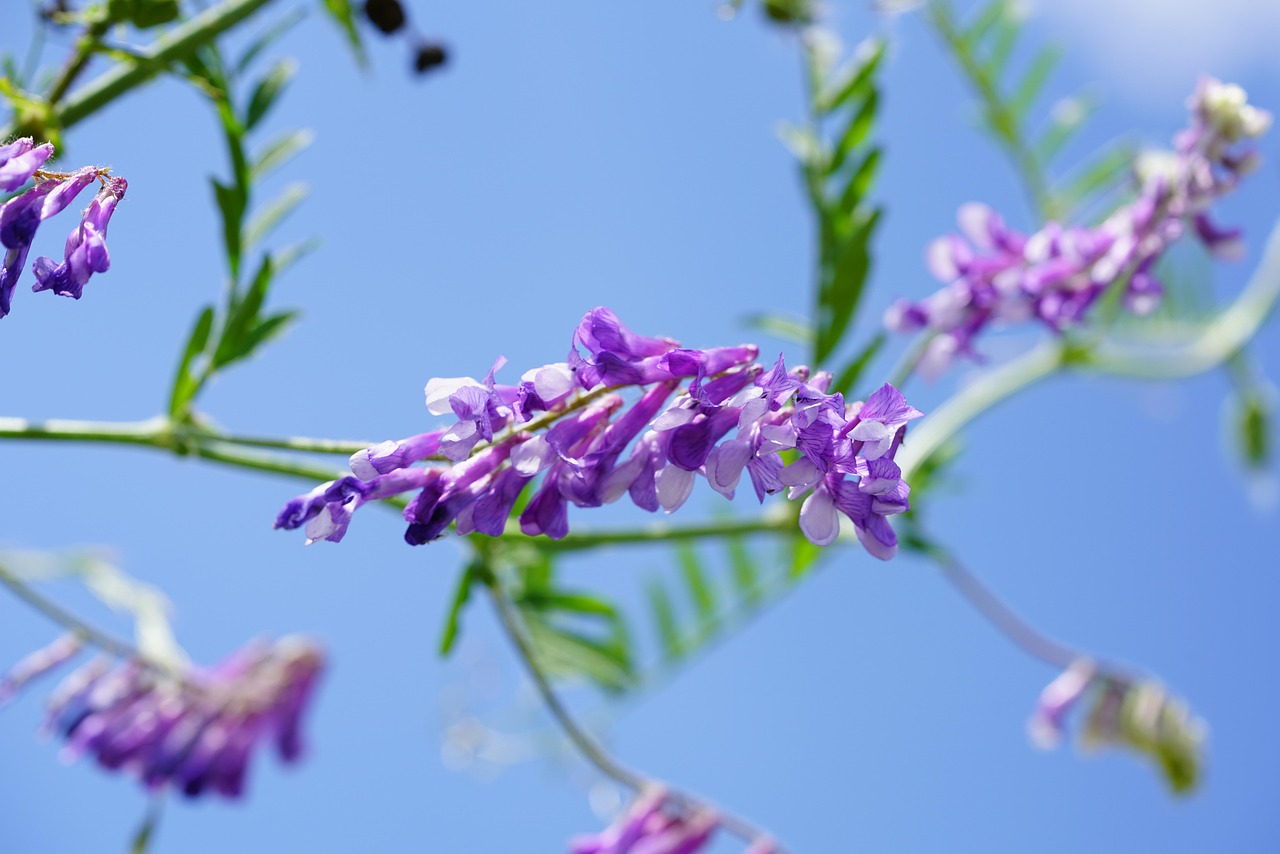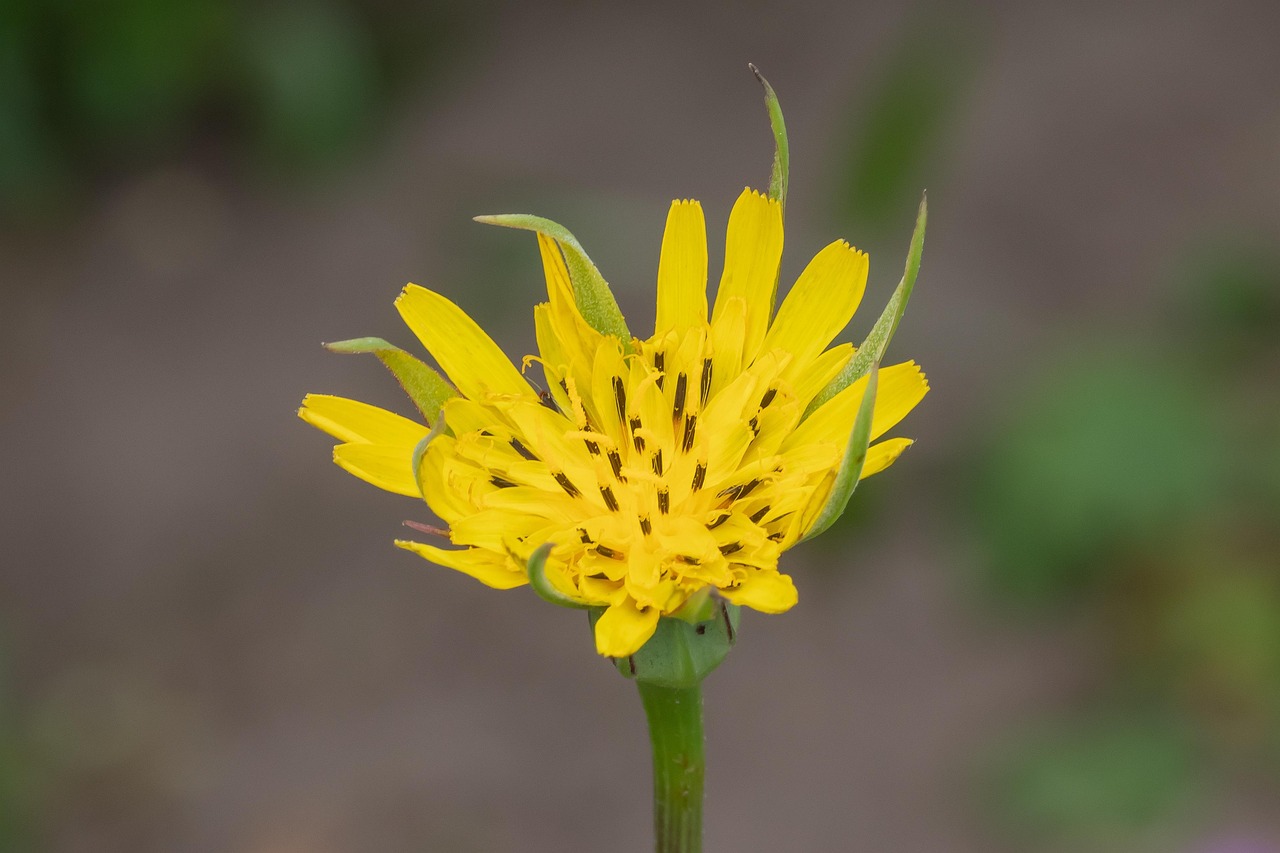Anemone | Colors Dancing with the Wind, a Flower Shaped by Greek Mythology
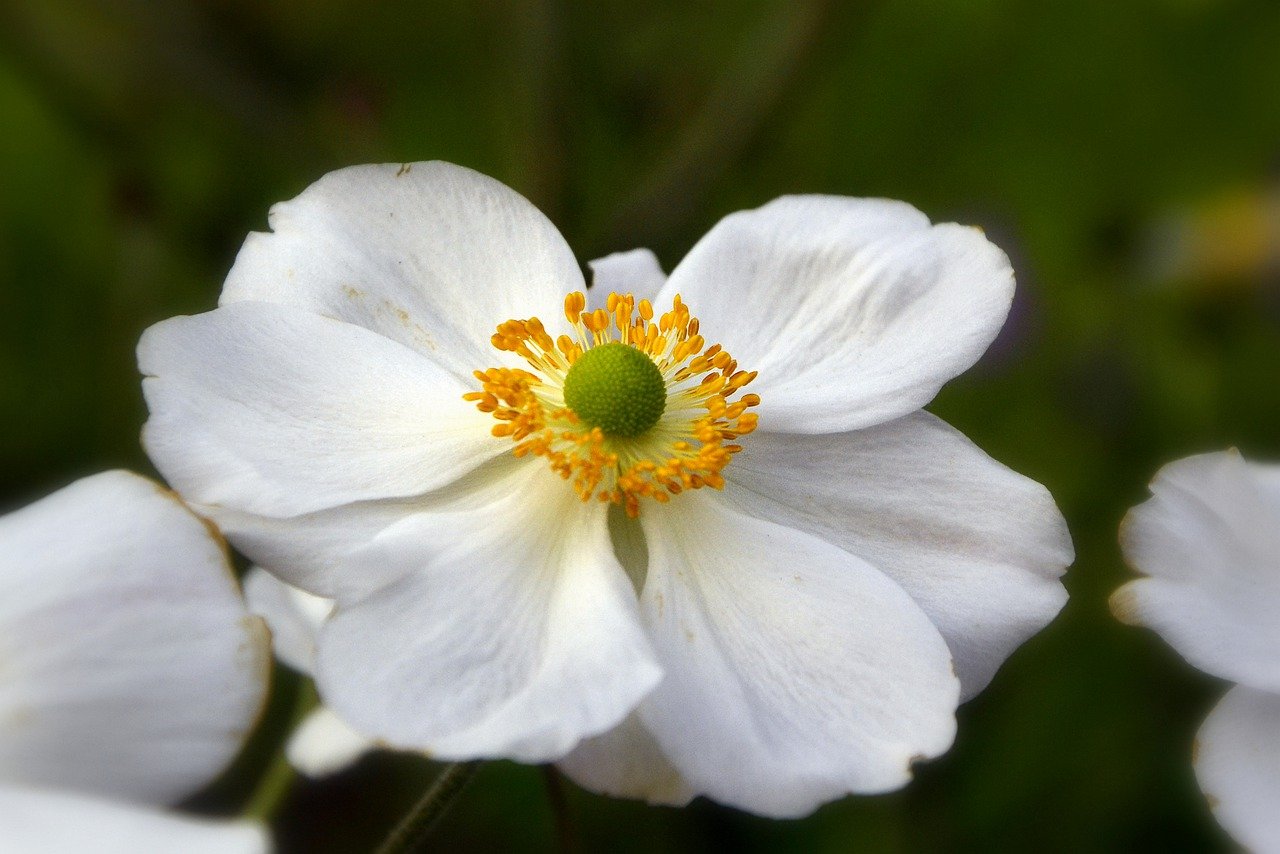
The anemone is one of the flowers that represent spring, known for its vivid colors and delicate petals. Its graceful movement in the wind brightens gardens, making it a favorite among gardening enthusiasts.
In this article, I explain in detail the basic information about the anemone, its cultural background, historical episodes, and tips for successful cultivation.
Basic Information
- Scientific name: Anemone
- Family: Ranunculaceae
- Origin: Mediterranean coast, Europe, Asia
- Appearance: The anemone blooms in vibrant colors such as red, blue, white, pink, and purple. It can be single or double-flowered, growing 15–50 cm in height. Its thin petals sway gracefully in the wind, while the dark center highlights the flower’s overall beauty.
- Blooming season: From early to late spring (February to May), adding a bright accent to gardens.
Cultural Significance Around the World
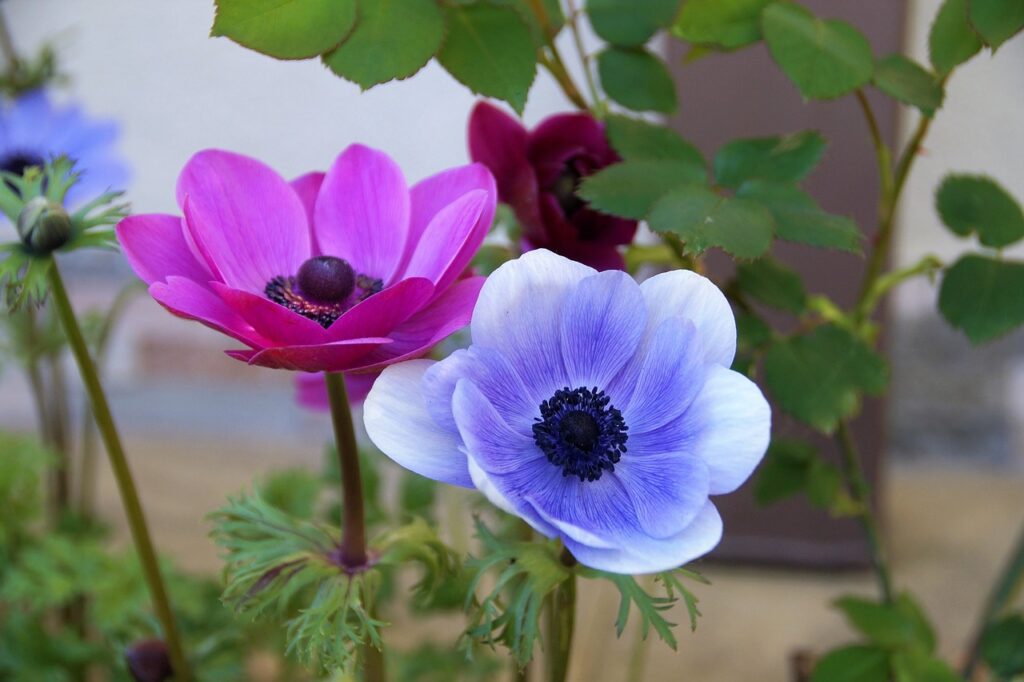
The anemone holds special meaning in many countries and cultures.
In Europe, it symbolizes “hope” and “fragility,” as its delicate petals swaying in the wind are often seen as a metaphor for life’s transience.
In France and Italy, it frequently appears in poetry and art, symbolizing both beauty and ephemerality.
In Israel, the anemone is cherished as a flower that heralds the arrival of spring. Fields and hillsides covered in red anemones create breathtaking landscapes, deeply rooted in a cultural appreciation for nature’s beauty. Each year, many people visit to admire this spectacle.
In Japan, the anemone, introduced from the West, is widely used in floral arrangements and gardening. Like cherry blossoms, it is appreciated as a flower that signals the changing of seasons, bringing vivid color to homes and gardens.
Historical Episodes
The anemone has been known since ancient Greek and Roman times, with a long and rich history.
In Greek mythology, a famous tragic tale is linked to the death of the handsome youth Adonis. When Adonis died, the tears of the goddess Aphrodite fell to the ground and bloomed into anemones. From this myth, the flower came to symbolize both love and death.
In medieval Europe, the anemone was believed to have protective powers. People planted it in gardens or near entrances to ward off disease and misfortune. However, there were also superstitions that considered it unlucky as a cut flower, and many legends surrounded its use.
Gardening Advice
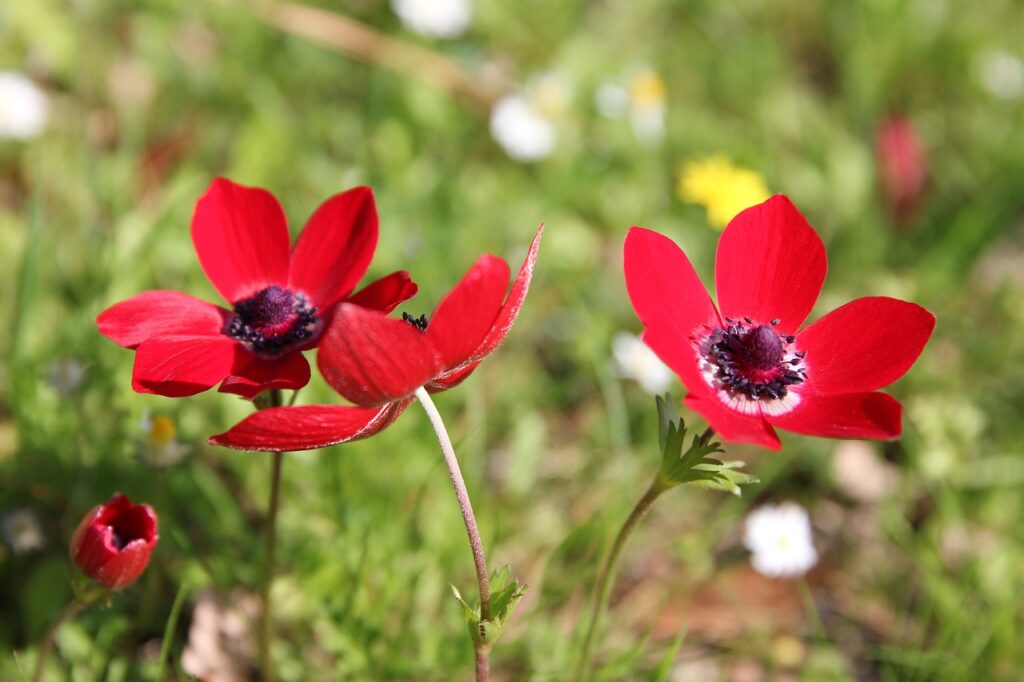
Anemones are easy to grow and are popular as flowers that color gardens in early spring.
They thrive best in sunny locations but can also grow in partial shade. Bulbs should be planted in autumn, enduring winter cold to bloom beautifully in spring.
Well-drained soil is essential. For potted plants, I recommend using soil with good drainage and ensuring proper airflow around the bulbs.
Water when the soil surface dries, but avoid excess moisture to prevent root rot. After flowering, regularly remove spent blooms so the bulbs can store nutrients.
Conclusion
The anemone, with its vivid colors and delicate petals, is a charming flower that heralds the arrival of spring. Having been loved across cultures and history, the anemone is a wonderful addition to any garden.
Since it is easy to cultivate and can be enjoyed in both gardens and pots, it will surely make spring landscapes even more beautiful.

